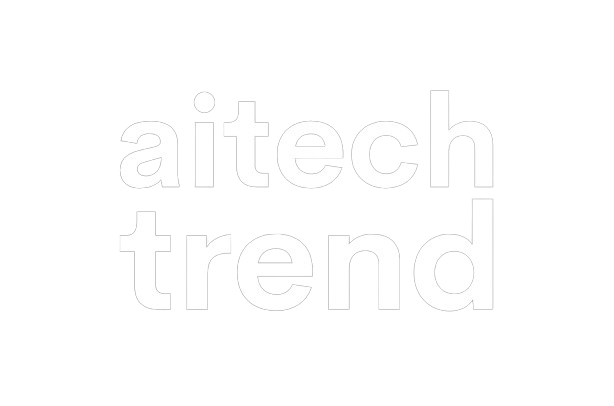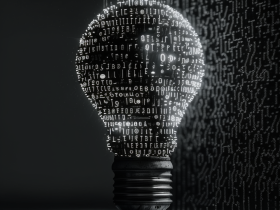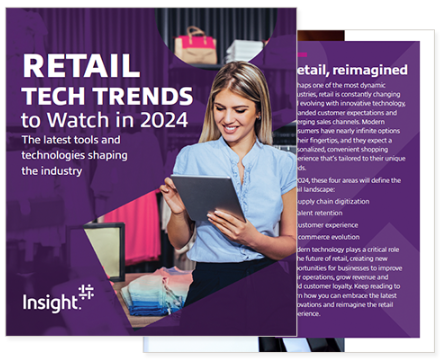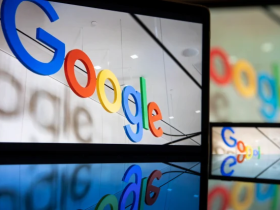Can you tell us about your role at Samsung SDS?
The AI division at Samsung SDS is under my supervision. It consists of three teams. The AI Engineering team makes software that helps in making AI models and focuses on AutoML and distributed training. The AI Science team makes models and does advanced research into novel algorithms. Currently, they focus on active learning to help the labeling or annotation of data. Then there is the sales and marketing team to bring all this to the market both inside and outside of Samsung Group.
Can you tell us about your journey into this market?
Being interested in how the world works, I started my education in theoretical physics and later pursued my Ph.D. in mathematics when I had figured out that I preferred theory to experimentation. Back then, in the 1990s, neural networks were still in the middle of the famous AI Winter but I was attracted to them because they held the promise for fitting a mathematical model to empirical data. During my professorship for applied mathematics and later as a startup founder, I applied these machine learning methods primarily to time-series data coming from the process industry, i.e. oil and gas, chemical, or power plants.
How does Samsung use AI to tackle data problems?
In addition to the methods that everybody else uses too, we emphasize distributed training – the use of many GPUs from multiple servers to do a single AI training task. If done correctly, this can scale super-linearly, which means if it takes 100 hours on one GPU, you may only need 80 GPUs to do it in one hour. Active learning is also a major tool in our data preparation pipeline where we do not label all the data but only about 10%, which enables us to automatically label the other 90% in preparation for the training task. Of course, that 10% need to be carefully selected, which is what active learning does base on information gain in a human-in-the-loop system.
How can AI be used to save energy?
There are many ways in which it can be used. AI itself consumes a lot of energy and AI can be used to make AI itself more efficient. Both active learning and distributed training are examples of that and so I like to refer to such techniques as AI². Beyond the process of making AI, the models can help humanity reduce its energy and CO2 footprint significantly. The autonomous vehicle will be a big step in the right direction as it will lead to a large reduction in the number of cars in existence.
AI augmentation in the industry – for example, the oil and gas, chemicals, or power generation industries – can make processes more efficient, expand equipment useful life, reduce failure risk, reduce spillage and other environmental risks. These are just examples.
Where do you see the biggest areas of improvement for AI/ML in the Energy sector?
In change management. We have to realize that the biggest hurdles for AI adoption are not software or mathematics-related. Any AI methodology or model must be embedded in a much larger ecosystem of human and technology processes. The introduction of the AI model will necessitate a shift in these processes and such change is usually unwelcome. Over 90% of all AI projects in the energy sector fail because of poor change or project management. In most of these cases, the management is poor because it is simply ignored due to not receiving a budget line item in the initial planning.
As a community, we AI people must stop treating AI projects as exercises in data science or mathematics and start to see them as enterprise projects that include these data elements but also include deployment, integration, training, change management, and other aspects that may, in total, be more effortful than the, admittedly more fun, AI aspects.
What breakthroughs in the IoT space are you most looking forward to from a technology perspective?
In the next 3-5 years, I expect to see AI models being executed on low-power low-cost edge devices without a cloud service attached to them. MLOps pipelines will be attached to this fleet of edge devices that monitor the models in the wild and gradually fine-tune them to ever greater accuracy. In the next 5-10 years, I hope to see a fusion of the neural network approach to AI (tuning model parameters to data) with the logical approach underpinning reasoning systems.
Research in explainability, interpretability, and ethics is taking off and I’m very much looking forward to these approaches being incorporated everywhere in AI so that we can trust and understand what is going on. The battle for trust from the public in our work is the true frontier for AI at present.
What are some crucial leadership skills for a VP of AI?
The most important skills are probably vision, communication, and organization in that order. As a leader, you must have a crystal clear mental picture of the state you want to end up in after a short, medium, and long time. This is your mental map of the journey ahead. The more luminous the image in your mind of the goal, the more likely you are to achieve it. Communication in all three main channels (verbal, written, and presentation slides) is a very important aspect. This is especially true for one of the main jobs of an AI leader: Translating complex technical information into understandable terms for a non-expert audience; and vice-versa. The organization is maintaining the big picture while chopping it up into many little pieces to be farmed out to the people responsible for each piece. This covers the science, the use cases, the economics, and budgeting, as well as the outreach and sales pipelines. There are other important skills but these rank at the top in my opinion. These soft skills, of course, must be backed up by deep technical knowledge, understanding, and experience.
Do you have some final thoughts?
Every so often, let’s recall that AI is still in its infancy and has been deployed at scale only in a very few isolated use cases. Much work is needed before AI will achieve the vision of being a ubiquitous horizontal technology across our everyday life. Most of this work is not related to the core of AI but rather the packaging and interfacing to and from AI. There are also various fundamental challenges in the technology itself related to, for example, interpretability and the representation of an understanding of the world as opposed to the current attempt to encode everything in a matrix of coefficients.
Patrick Bio
Patrick heads the AI Engineering and AI Sciences teams at Samsung SDS America. He is responsible for Brightics AI Accelerator , a distributed ML training and automated ML product that is also included in the Brightics AI platform. He is responsible for X.insights , a data center intelligence platform. Among his other responsibilities is to act as a visionary for the future of AI at Samsung.
Before joining Samsung, Patrick spent 15 years as CEO at Algorithmica Technologies, a machine learning software company serving the chemicals and oil and gas industries. Prior to that, he was assistant professor of applied mathematics at Jacobs University in Germany, as well as a researcher at Los Alamos National Laboratory and NASA’s Jet Propulsion Laboratory. Patrick obtained his machine learning PhD in mathematics and his Masters in theoretical physics from University College London.
A German native, Patrick grew up in Malaysia and the Philippines, and later lived in the UK, Austria, Nepal and USA. He has done business in many countries and believes that AI must serve humanity beyond mere automation of routine tasks. An avid reader of books, Patrick lives in the San Francisco Bay Area with his wife and two children.
Samsung SDS Bio
Samsung SDS was founded in 1985 as the ICT arm of the Samsung Group. Our solutions have been leading the digital transformation and innovation of our clients for over 30 years across a wide range of industries. With operations in 30 countries, Samsung SDS’s solutions utilize advanced analytics platforms, AI, and blockchain technologies to serve a diverse range of industries including financial services, smart manufacturing, global logistics, and retail. Our vision for the new era is to become a data-driven digital transformation leader by leveraging the most advanced ICT technologies and solutions to discover actionable insights.











